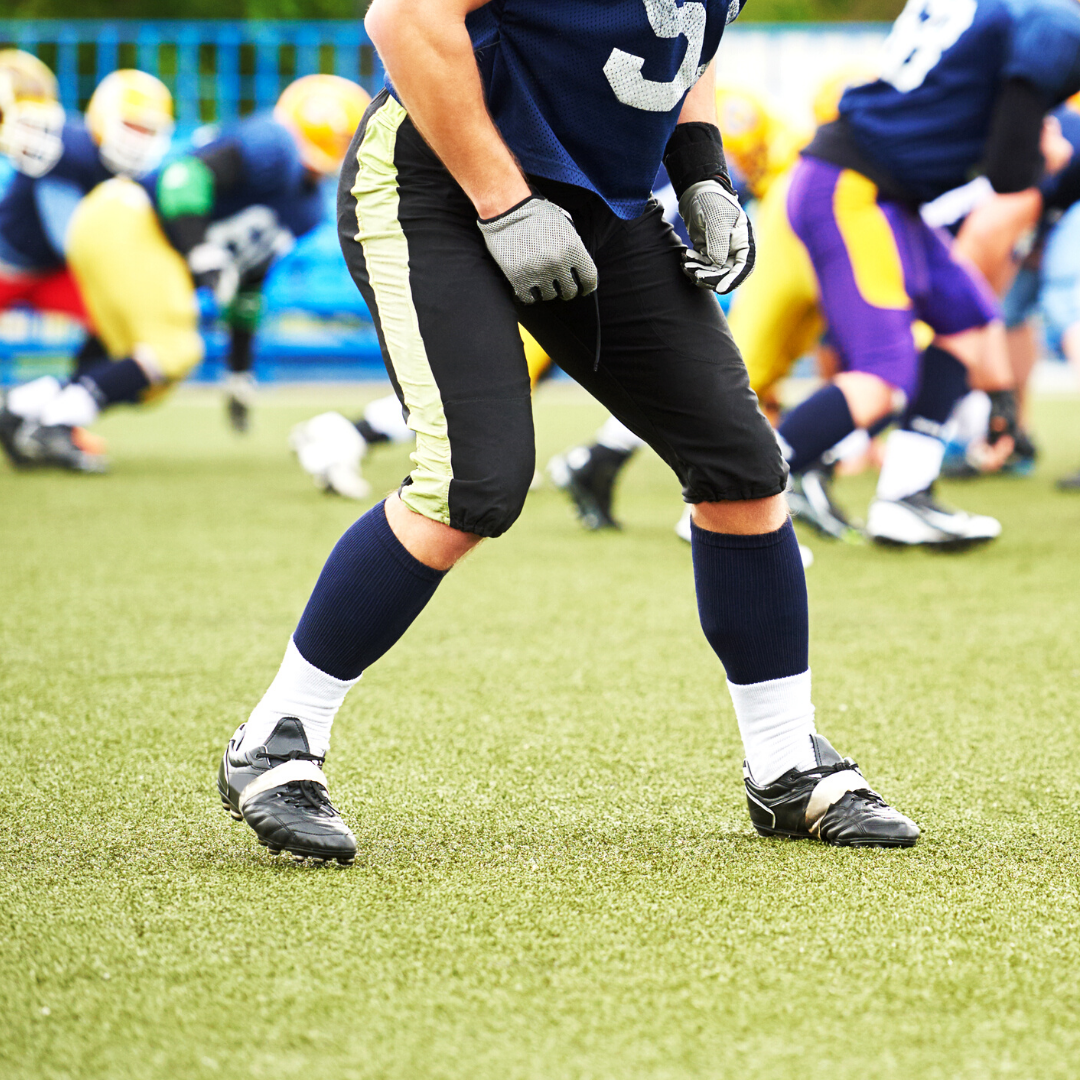During the first set of a U.S. Open semifinal against Juan Martin del Potro, Rafael Nadal felt pain in his right knee from “a bad movement.” Trainers and medical timeouts weren’t enough to help Rafa make it through the match, and he eventually retired after dropping the first two sets.
“That was not a tennis match at the end. Just one player playing, the other staying on one side of the court,” Nadal said. “I hate to retire, but staying one more set out there, playing like this, would be too much for me.”
Some of these effects might have been lingering from his quarterfinal victory over Dominic Thiem, which lasted five sets and nearly five hours. He also had a knee issue earlier in the tournament, when he had it taped during the third round against Karen Khachanov.
Nadal has been dealing with patellar tendinitis in both knees since the age of 21. He has often cited this issue when withdrawing from previous matches, and notably when deciding to not defend his Wimbledon title in 2009.
Patellar tendinitis is defined as inflammation of the patellar tendon, which is a thick, organized band of tissue that attaches the kneecap (patella) to the shinbone (tibia). It plays an important role in transmitting force from the quads to the tibia so the leg can be straightened and support our weight. The explosive movements involved in tennis can cause micro-tears and degeneration in the tendon because of repetitive strain and overuse.
Symptoms of patellar tendonitis include pain with palpation of the injury area, which is most commonly at the inferior pole of the patella. The tendon will also appear swollen and warm to the touch. X-rays are sometimes used to evaluate other possible causes of knee pain, but are not very helpful when diagnosing tendinitis. Alternatively, ultrasonography and MRIs are both useful for identifying patellar tendinitis and localizing the area of “micro-injury” to the tendon.
To potentially prevent patellar tendinitis, it is recommended to warm up and stretch properly before and after playing, to strengthen the leg muscles, to wear shoes that fit properly with orthotics if necessary, and to play with a knee brace if the player has a history of knee pain or injuries.
As is the case with many overuse injuries, the best way to heal tendinitis is to rest and take time off. Rehabilitation should focus on eccentric strengthening programs (strengthening the muscle as the muscle and tendon are lengthening).
More recently, biological injections such as platelet-rich plasma (PRP) have been used with some success. Steroid injections are not recommended to treat patellar tendonitis because steroid medication can weaken the tendon and increase the risk of patellar tendon rupture.
Rarely, in more extreme cases, a tendon excision procedure can be performed to remove the frayed tendon and begin the healing process. Many elite athletes, including Brandon Inge, Oliver Perez, and Carlos Beltran, have undergone this surgery to return to Major League Baseball.
Nadal has received several PRP injections for his knees in the past, which have provided him mixed results.
After Nadal retired from the match, he couldn’t say for sure how long he might be sidelined. All that is certain is that his knee pain derailed his bid for a fourth U.S. Open title and 18th Grand Slam title. Interestingly, Rafa has lost only four matches this year, but it was the second defeat that involved him quitting during a Grand Slam match because of injury (the other was in the fifth set of his Australian Open quarterfinal against Marin Cilic).
While Rafa is clearly a favorite going into any tournament, these best-of-five-sets matches on hardcourts may be too much for his knees to handle. It will be interesting to see if Nadal modifies his tournament schedule going into 2019.



